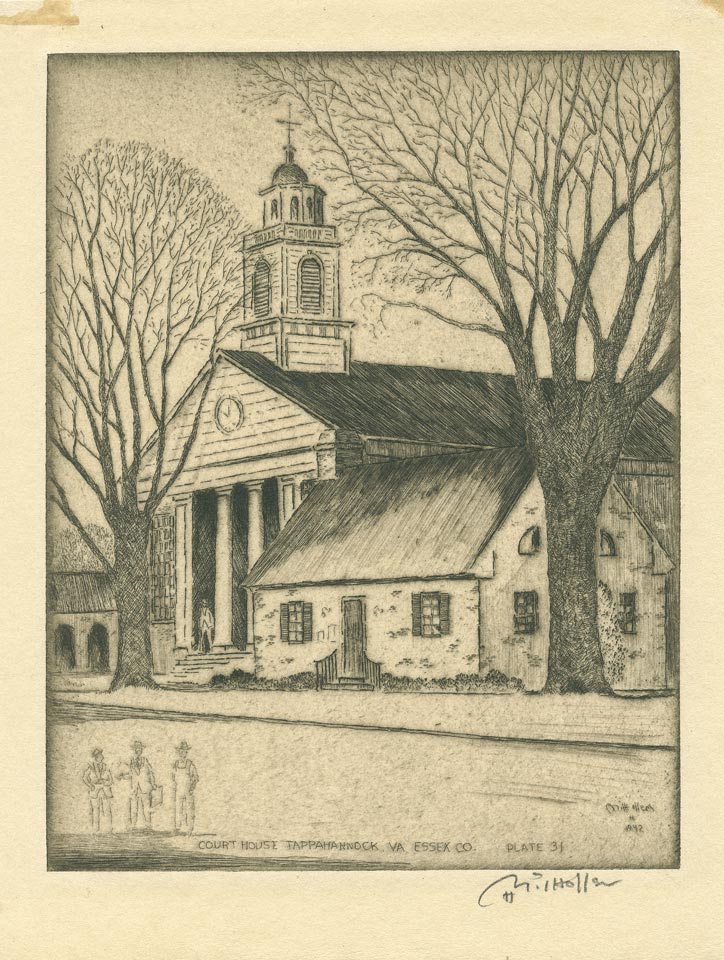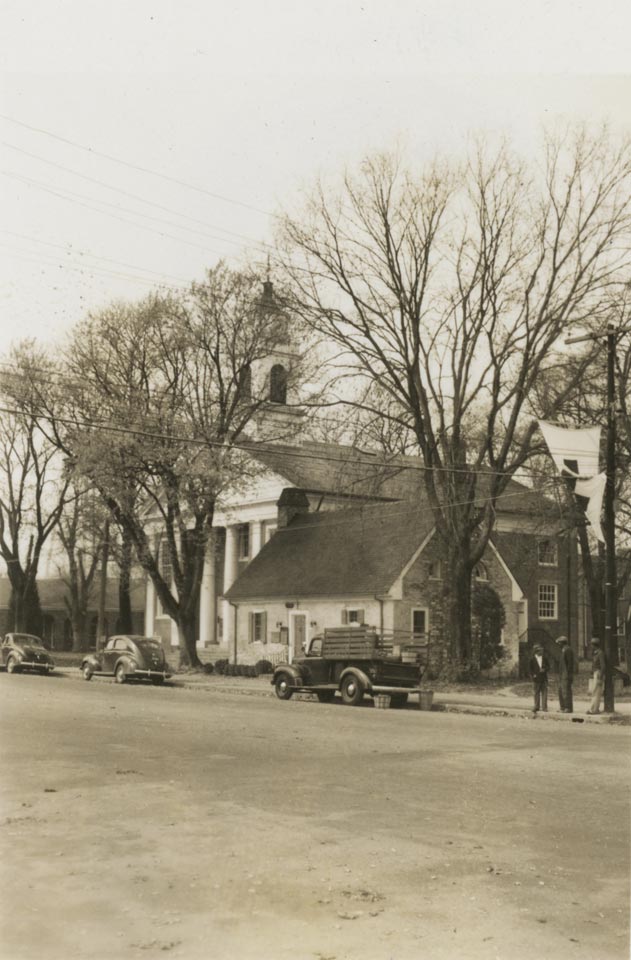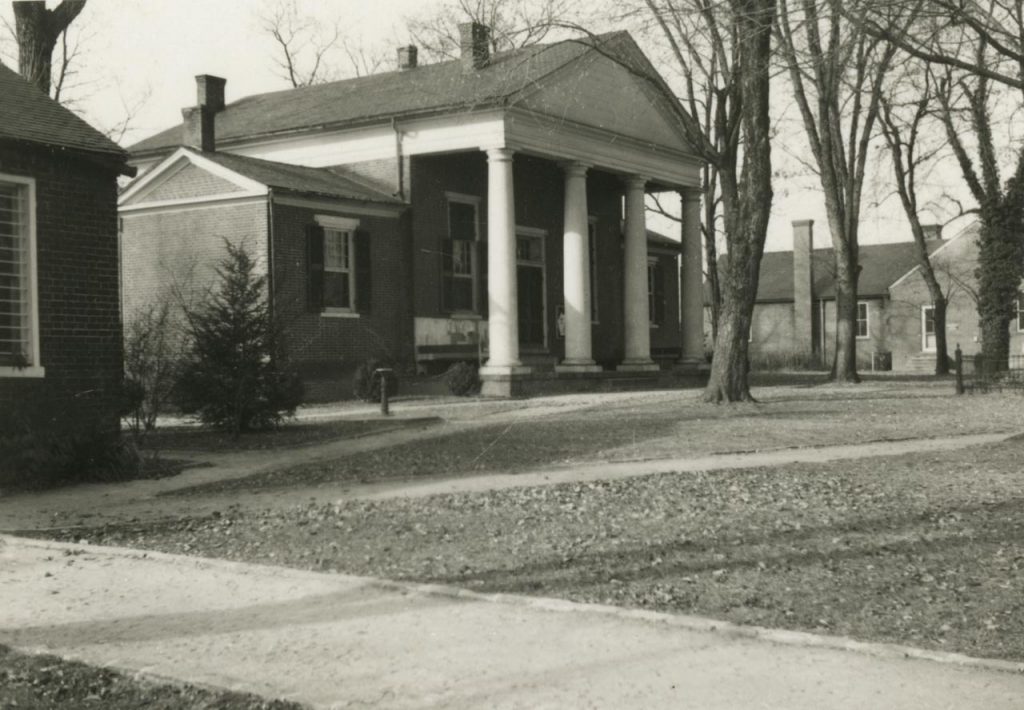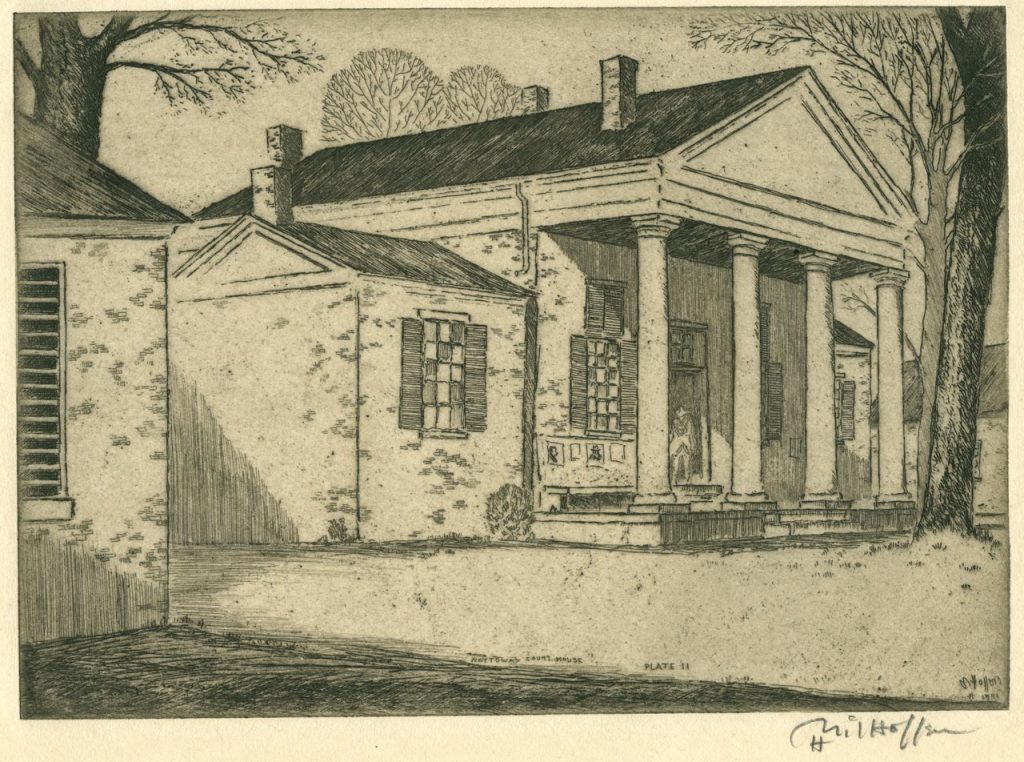Virginia Historical Inventory
C1: 160
1938
approx. 19,300 reports, approx. 6,200 photographs, 103 maps
The Virginia Historical Inventory is a massive and rambling collection of photographs, annotated maps, and written reports on the architectural, cultural, and family histories of thousands of eighteenth- and nineteenth-century buildings, mostly private homes, in rural communities throughout the commonwealth. Commissioned by the Works Progress Administration, the inventory has been part of the Library’s permanent collection since its completion in 1938. The original field reporters were mostly women, non-experts recruited locally and given crash-course training in identifying and describing the architectural motifs of the so-called vernacular (homey) architectures the inventory sought to document, as opposed to the ornate, “high style” houses of major cities—the usual fare of the better known Historic American Buildings Survey. During on-site investigations and interviews with residents and locals, inventory reporters captured a wealth of technical and narrative information, giving family sagas, local folklore, and ghost stories equal time with descriptions of chimneys, catalogs of books and antiques, the locations of wells, and transcriptions of epitaphs, diaries, letters, deeds, and wills. Many of the houses surveyed have not survived to the present day.
Arrangement and access:
The entire collection is searchable by location or keyword through the Library’s online photo collections.
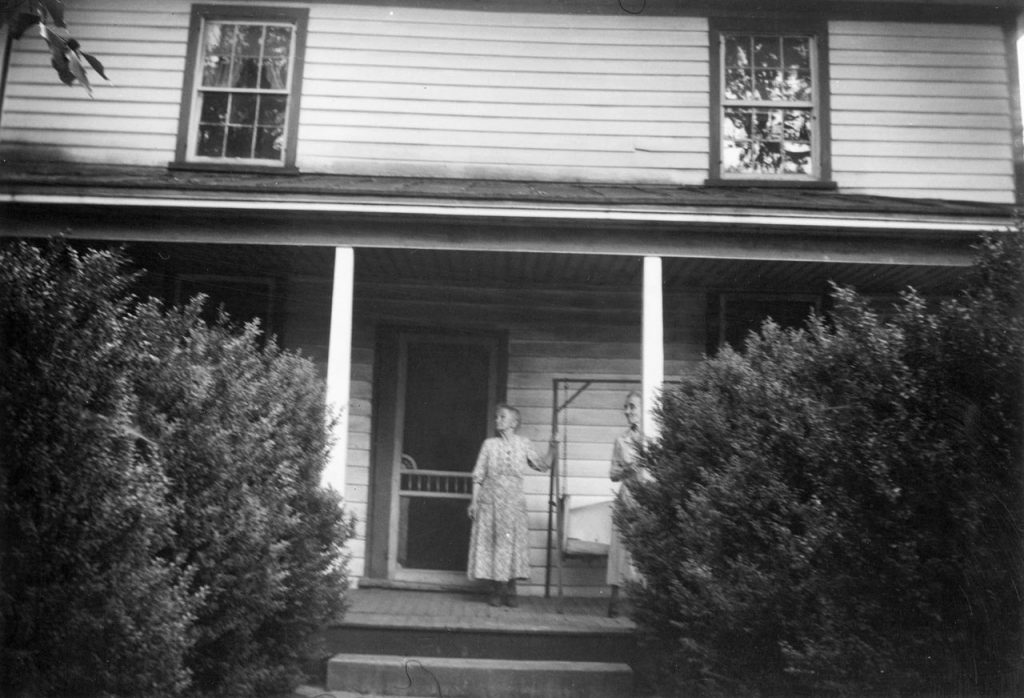
C1:160 Virginia Historical Inventory. Unidentified house, Greensville County, VA 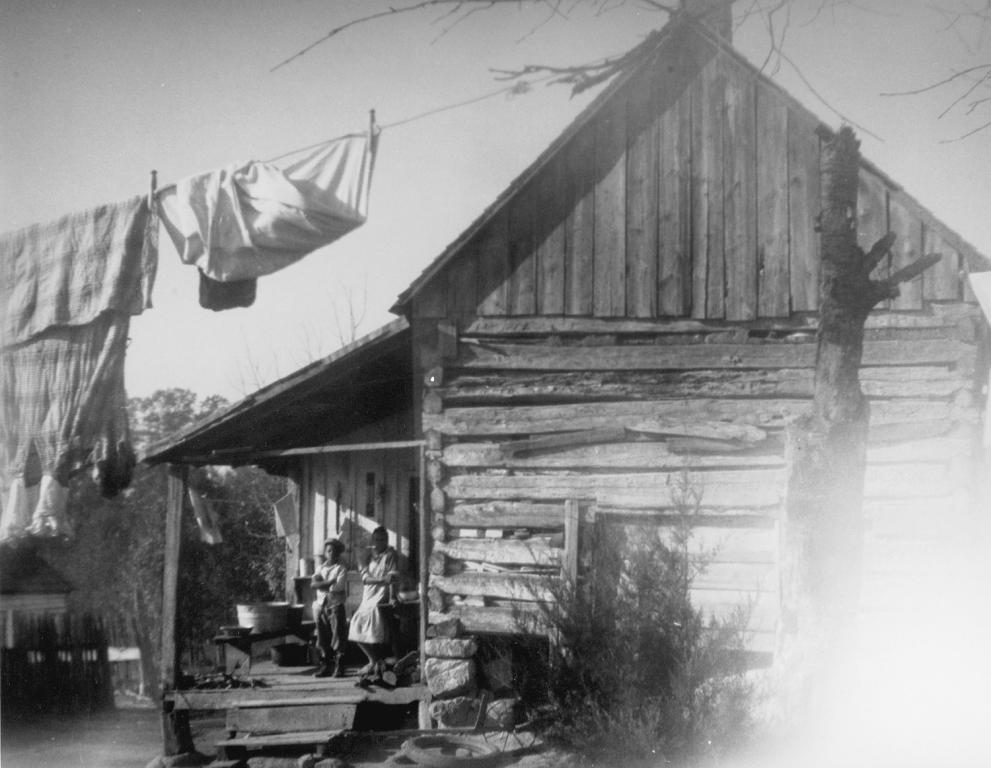
C1:160 Virginia Historical Inventory. Unidentified house, Greensville County, VA 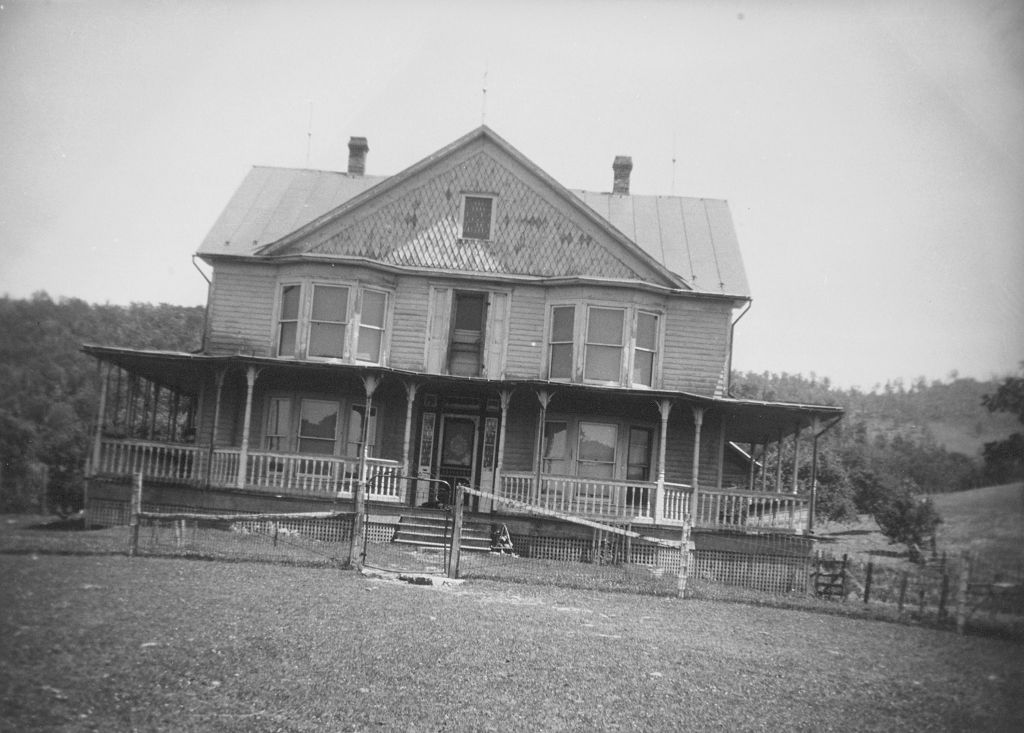
C1:160 Virginia
Virginia Historical Inventory Read More »


